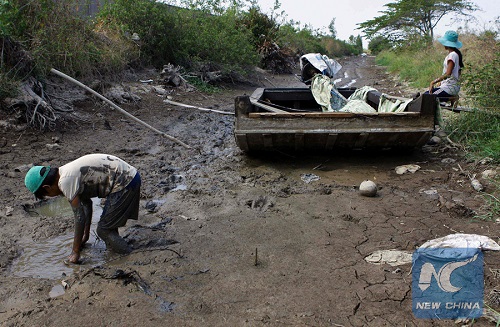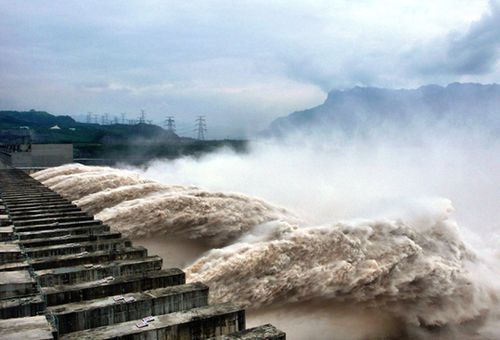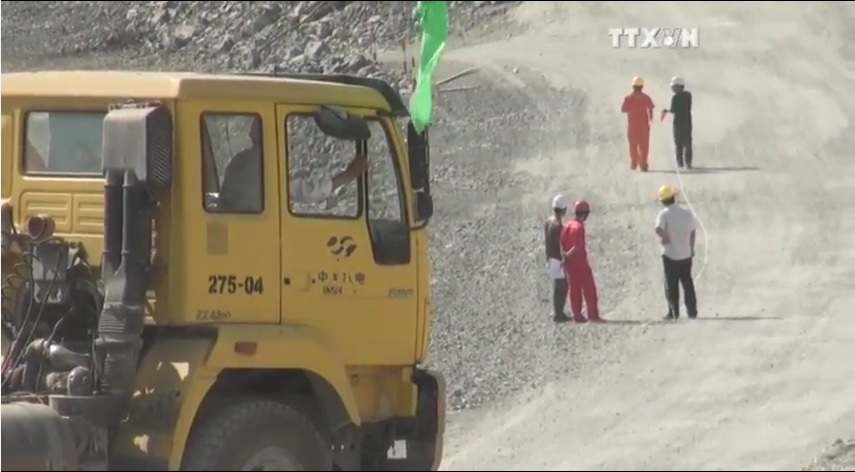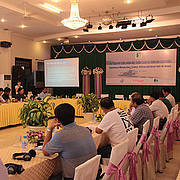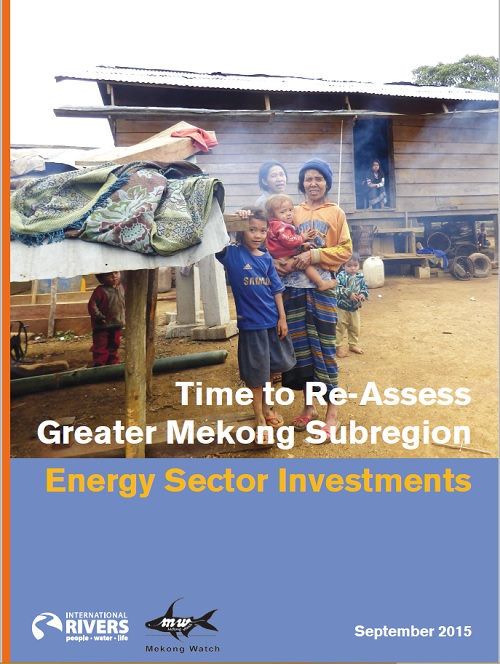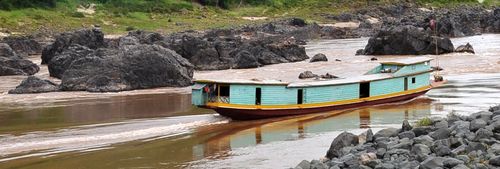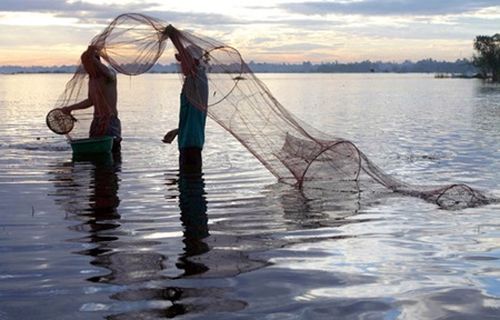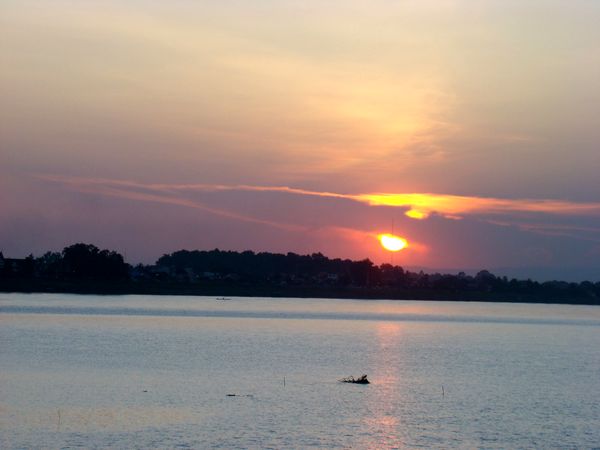An Giang, Vietnam - More than 100 people gathered yesterday in An Giang, Vietnam for the historic Mekong People’s Forum: “Local Mekong People’s Voices: the message to Mekong governments on Mekong dams.” Participants included community members from the Tonle Sap lake, communities along the Mekong and 3S Rivers in Cambodia, from Northern and Northeastern Thailand’s communities along the Mekong and from An Giang, Dak Lak and Ca Mau, Vietnam. Most people have already experienced direct impacts from dams on the Mekong and its tributaries. The meeting marks the first time that communities from different Mekong countries have organized themselves to create a common platform from which to raise their concern regarding the impacts of existing and planned hydropower projects on the Mekong River.

